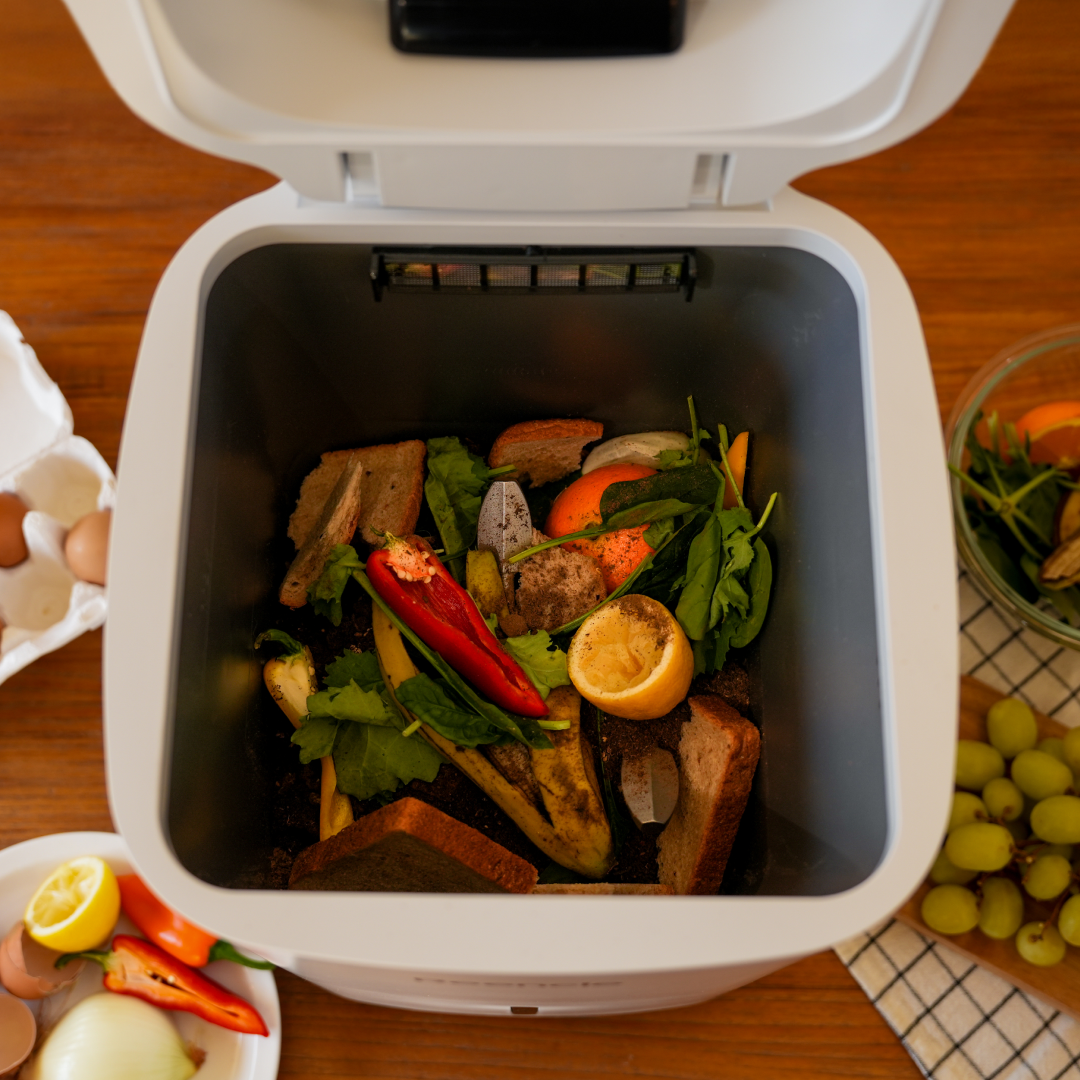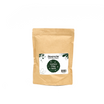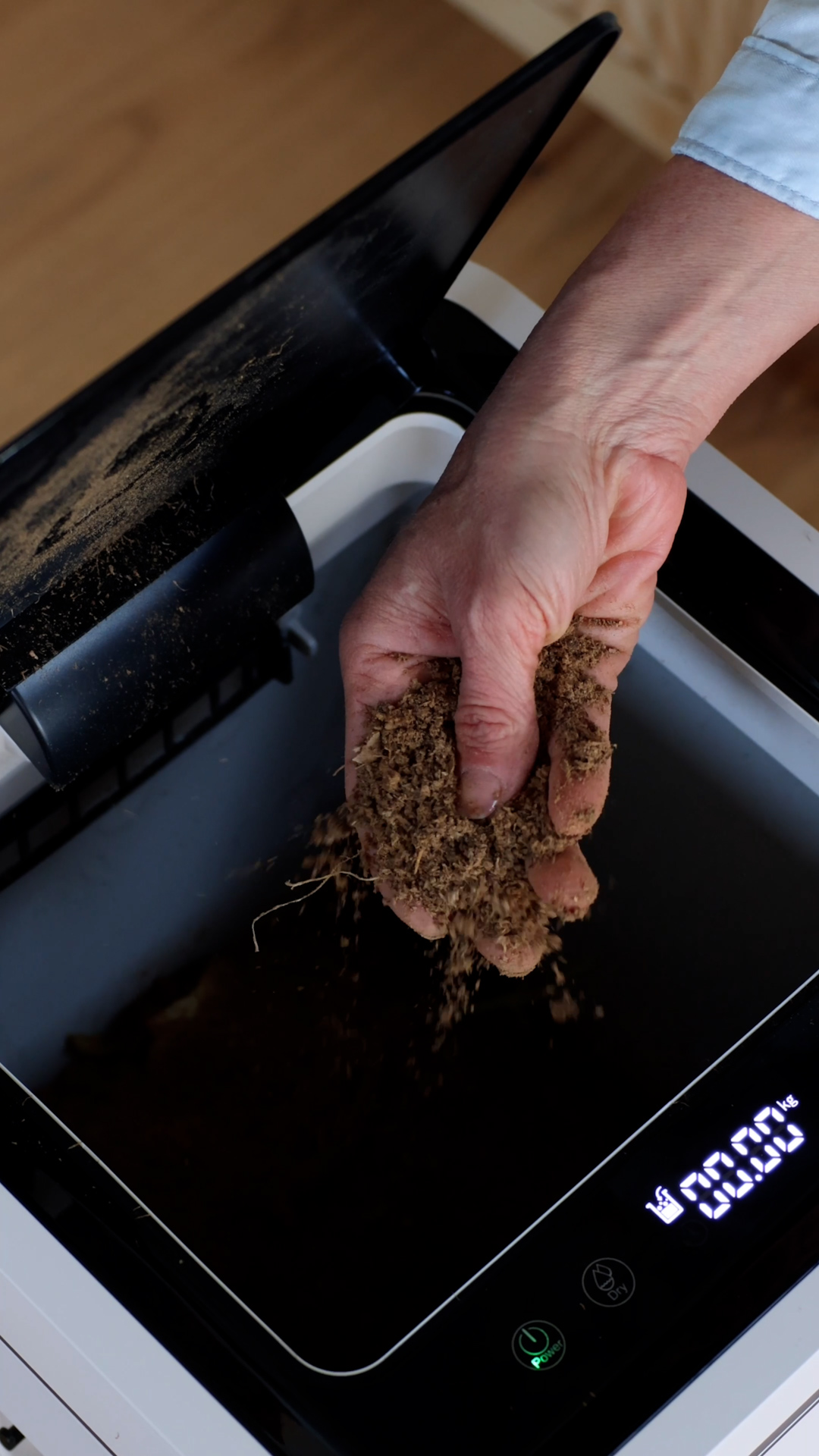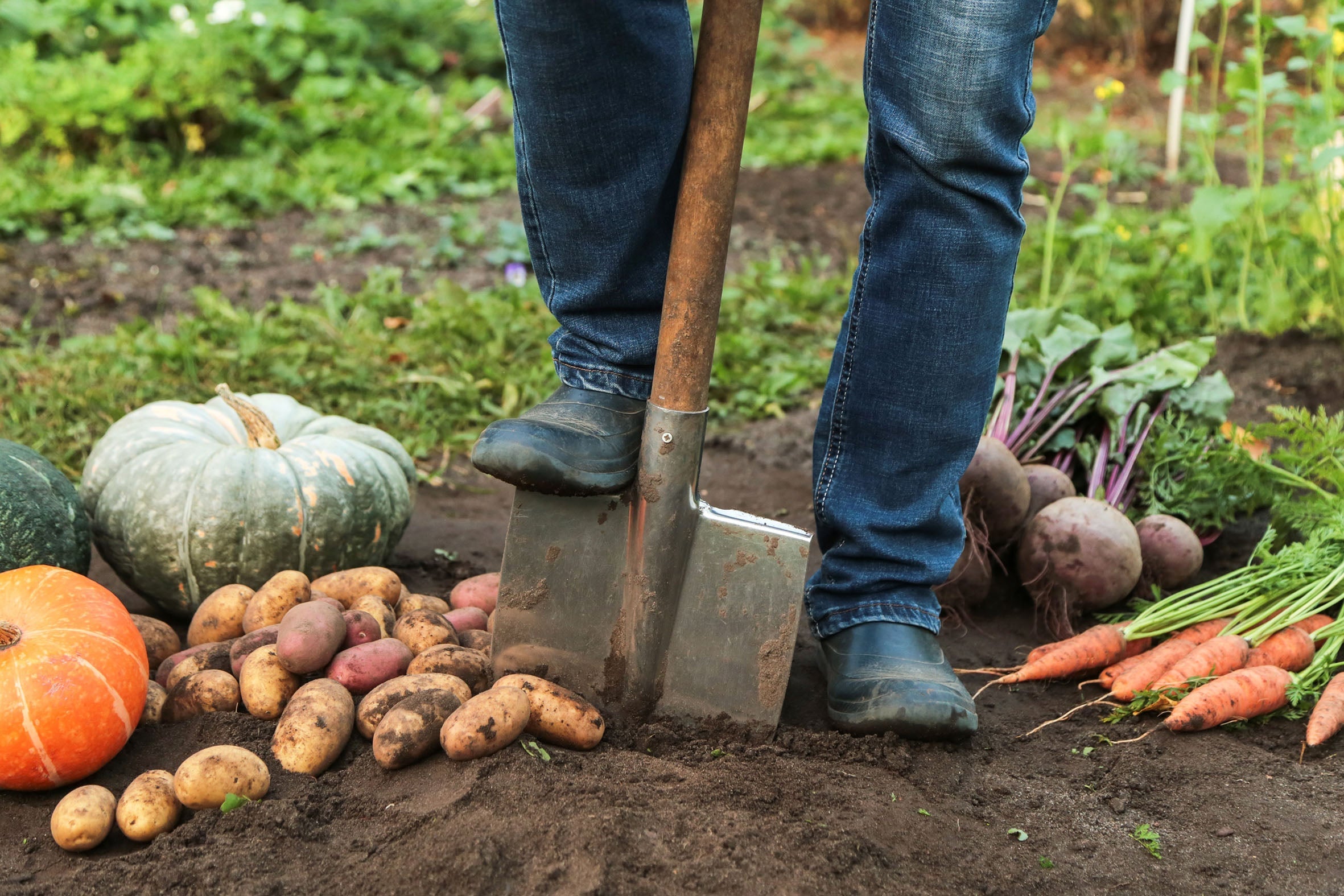Why and How to Sift a Compost?

Composting is a great way to transform your kitchen scraps and yard waste into nutrient-rich food for your plants and reduce your contribution to the landfill. While making your compost at home is a simple process, sometimes the finished product is not quite ready for use.
Large chunks, uncomposted materials, and contaminants can find their way into your compost bin. To address these issues and improve the quality of your compost, there is a transformative approach that often goes unappreciated - compost sifting.
Compost sifting involves the meticulous separation of fine, well-decomposed compost from larger particles and unwanted materials. It's a key step that takes your composting efforts to the next level, ensuring that what you use in your garden is a finely textured, nutrient-rich amendment.
In this comprehensive guide, we will explore why your compost requires sifting, its benefits to your garden, and the practical steps to sift your way to composting success.
What is Compost Sifting?
Compost sifting is a process that involves separating well-decomposed, fine particles from larger chunks, uncomposted materials, and contaminants in a compost pile. The goal is to refine the texture and quality of the compost, making it more suitable for various gardening applications.
The process is typically employed when most organic materials in the compost pile have undergone decomposition but there are still visible remnants of larger materials or incompletely decomposed organic matter. The compost sifting is performed using specific tools or equipment designed to filter out undesired materials.
Benefits of Compost Sifting
Compost sifting offers several benefits:
● Improved Texture: The sifting process improves the texture of compost, which is advantageous for soil structure. The finer particles create a well-aerated soil that promotes better root growth and nutrient absorption for plants
● Removal of Unwanted Materials: Sifting helps eliminate larger chunks of uncomposted materials, weed seeds, and any contaminants. This ensures that the final compost product is free from impurities and ready to nourish plants without competing with undesirable elements.
● Enhanced Nutrient Distribution: Sifted compost provides a more uniform mix of nutrients throughout the material. This even distribution contributes to better plant nutrient availability, fostering healthier growth and improved yields.
● Increased Water Retention: The finer texture of sifted compost enhances its water-holding capacity. This means the compost can retain moisture more effectively, promoting efficient water use in the soil and reducing the risk of water runoff.
When to Sift Your Compost?
Knowing the right time to sift your compost is crucial for achieving the best results in terms of texture quality and nutrient content. Here are the key considerations to determine the ideal time to sift your compost:
● Compost Maturity: The right time to sift your compost is when it has reached a sufficient level of maturity. This typically occurs when the majority of compost materials have decomposed, and the compost appears dark and crumbly, and has a rich, earthy smell. Sifting during this time ensures that the larger particles and unwanted materials are removed while keeping active organic matter.
● Temperature: Sifting is more effective when the compost is at a moderate temperature. The right temperature for compost sifting ranges from 10oC to 21oC. Avoid sifting during extremely hot or cold periods, as these extreme temperatures can impact the microbial activity in the compost.
● Moisture Level: Check the moisture content of your compost before sifting. Compost that is too dry may result in excessive dust during the sifting process, while overly wet compost can be clumpy and challenging to sift. Aim for a moisture level that allows the compost to crumble easily without being overly soggy.
●Observation of Uncomposed Materials: If you notice visible chunks, undecomposed materials, or contaminants in your compost, it's a clear indication that your compost requires sifting. Perform a visual inspection of your compost pile to determine if it contains undecomposed materials or contaminants that need to be removed to improve the quality of your compost.
How to Sift Your Compost?
Sifting your compost can be done using different methods and tools. Here is a step-by-step guide you can follow to sift your compost:
Choosing the Right Equipment
The first step to compost sifting involves selecting the appropriate equipment.
● Compost Sifter: You can choose a pre-made sifter with different mesh sizes or create your own sifter using a cloth and a frame.
● Shovel: Use a shovel or rake to move and distribute the compost.
● Containers: Two separate containers to keep the finished and unfinished compost.
Steps to Compost Sifting:
● Prepare the sifting area: Choose a well-ventilated and flat area with enough space to perform the sifting.
● Add compost to the sifter: Start with small batches to avoid overloading the sifter.
● Place the Sifter: Keep the sifter over a container to collect the filtered compost.
● Gently shake or agitate the sifter: Use a shaking motion or gently tap the sifter to allow the finished compost to fall through the mesh.
● Collect the finished compost: The sifted compost will fall through the mesh and collect in the container below.
● Sort out uncomposted materials: Any large chunks, twigs, or uncomposted materials remaining on the sifter can be returned to the compost pile for further decomposition.
● Repeat: Continue sifting the compost in batches until you've processed all of the compost.
Troubleshooting Common Issues with Compost Sifting
While sifting offers several benefits, it can sometimes present challenges. Here are some common issues you might face and troubleshooting tips to resolve these issues:
Addressing Clumps in Compost
● Issue: Compost that is too wet or compacted may form clumps during the sifting process, hindering the production of a fine, uniform texture.
● Solution: Allow the compost to dry slightly before you start sifting your compost or break up these clumps manually. If the compost consistently clumps, adjust your composting methods to improve aeration and drainage.
Persistent Debris
● Issue: Certain materials, such as twigs or woody pieces, may resist sifting and remain in the final product.
● Solution: Use a compost screen with smaller mesh sizes to catch finer particles. Alternatively, consider adjusting your composting practices to break down tougher materials more effectively before sifting.
Uneven Texture
● Issue: The sifted compost may still exhibit an uneven texture with varying particle sizes.
● Solution: Experiment with different sifting methods or screens to achieve a more consistent texture. Ensure that your compost pile is well-aerated and turned regularly to promote even decomposition.
Excessive Dust
● Issue: Dry compost can create excessive dust during the sifting process, making the experience unpleasant and potentially harmful if inhaled.
● Solution: Sprinkle water lightly over the compost before sifting to reduce dust. Additionally, consider moistening the compost during the turning phase to maintain adequate moisture levels.
Conclusion
Sifting your compost offers several benefits and can be a valuable approach to creating a finer and more consistent soil fuel. From improving soil structure to providing a nutrient-rich boost for plants, the advantages of sifted compost are undeniable. By following the techniques and insights mentioned in this blog, you can elevate your gardening game and reap the reward of nutrient-rich, finely-textured compost.













